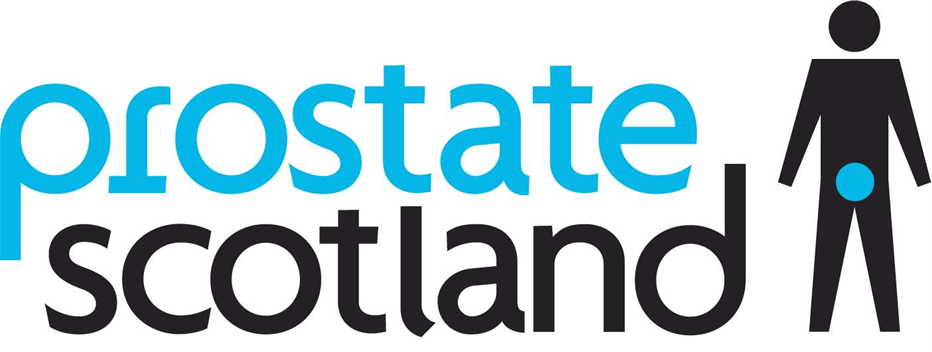What is an enlarged prostate?

‘Enlarged prostate’ has been widely talked about in the news over the past week. This prostate disease is less widely known and talked about than prostate cancer. However, it is a common condition. In Scotland, almost 1 in 2 people over 50 who have a prostate can be affected and it becomes more common as they get older. The medical term for this is Benign Prostatic Enlargement (BPE) or Benign Prostatic Hyperplasia (BPH). BPE is characterised by the non-cancerous (benign) growth of prostate cells, with the effect that the the prostate progressively enlarges. Benign means a growth which is not cancer. So not all problems with the prostate will be prostate cancer or will lead in fact to prostate cancer.
What is the prostate?
Only men (and those born biologically male) have a prostate. It is a small gland that sits inside the pelvis, just below the bladder and in front of the back passage. The prostate wraps around the tube, called the urethra, which allows urine to flow from the bladder out of the body.
It starts out about the size of a pea slowly growing to about the size of a walnut in their 20s. Around the age of 40 years, the prostate starts to grow or enlarge. As the prostate enlarges, it can squeeze on the urethra, and this can result in difficulties in passing urine.
What are the symptoms of an enlarged prostate or BPE?
Common symptoms are:
- Having to get to the toilet fast with a risk of getting caught short
- Peeing more often than before during the day
- Getting up to pee several times during the night
- Taking longer to empty the bladder and perhaps feeling you never quite empty your bladder
- Waiting for a while before urine starts to flow, having to push or strain to start peeing
- Finding that you have a weak dribbly flow when you pee
- Planning journeys knowing where there are toilets along the way
- Sitting in an aisle seat to make a quick exit
If you recognise the symptoms, and these are troublesome for you or someone you know, the best course of action is to make an appointment with the GP to discuss. In the meantime, why not try our symptom checker? Head to: prostatescotland.org.uk/symptom-checker It’s aimed at providing a useful guide to the severity of your symptoms and the next step that you might consider, but it won’t give a diagnosis.
If it is an enlarged prostate, can it be treated?
Yes, it can. As an enlarging prostate is one of the changes that takes place in your body as you get older, it can’t be cured. However, there is no need to suffer in silence as your GP or urologist can treat the symptoms of an enlarged prostate, or BPE. They might:
- Give advice on making some changes to your lifestyle
- Prescribe a medicine to help
- Refer you to a urologist. As medicines don’t relieve symptoms for all people you may be considered for surgical treatment – and there is an increasing number of less invasive treatments (although some treatments may not be available in every area of Scotland).
For more information on enlarged prostate, head to our page Benign Prostatic Hyperplasia
For more general information about the prostate, head to our page ‘About the prostate‘